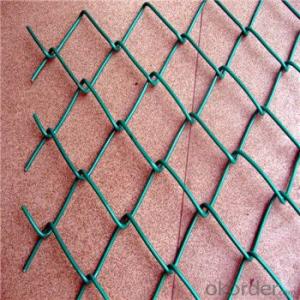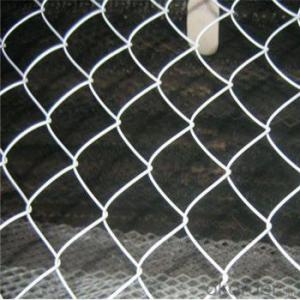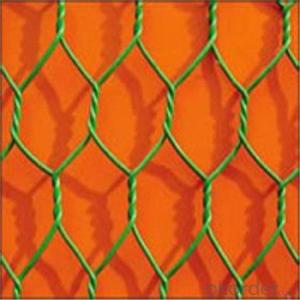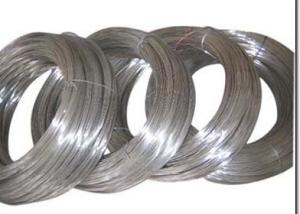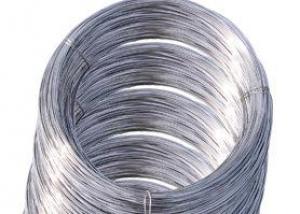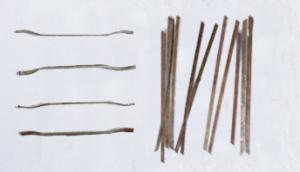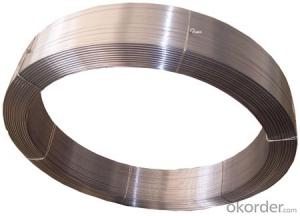Stainless Steel Wire Shelves
Stainless Steel Wire Shelves Related Searches
Best Paint For Stainless Steel Blanket Insulation For Steel Buildings Primer For Galvanized Steel Foam Filter For Stainless Steel H S Code For Stainless Steel Surface Grinding Wheels For Stainless Steel Surface Grinding Wheels For Hardened Steel Hole Saw For Stainless Steel Paint For Stainless Steel Stainless Steel For BbqHot Searches
Steel Mesh Panels For Sale Price For Stainless Steel Scrap Scrap Price For Stainless Steel Price For Stainless Steel Stainless Steel Tank For Sale Stainless Steel Sheets For Sale Cheap High Tea Sets For Sale Stainless Steel Tanks For Sale Stainless Steel For Sale High Density Fiberboard For Sale Solar Hot Water Collectors For Sale Scaffolding For Sale In Uae Scaffolding For Sale In Ireland Scaffolding For Sale In Houston Type Of Inverter For Solar Price Of Shipping Containers For Sale Types Of Inverter For Solar Stock Price For Aluminum Used Solar Inverter For Sale Steel Mesh Panels For SaleStainless Steel Wire Shelves Supplier & Manufacturer from China
Okorder.com is a professional Stainless Steel Wire Shelves supplier & manufacturer, offers integrated one-stop services including real-time quoting and online cargo tracking. We are funded by CNBM Group, a Fortune 500 enterprise and the largest Stainless Steel Wire Shelves firm in China.Hot Products
FAQ
- Will the annealed stainless steel become soft?
- The stainless steel hard silk by bright annealing treatment, that is, usually said "hydrogen retreat", forming a low hardness, hand can bend stainless steel wire, is called soft silk.
- Yes, stainless steel wire can be used for cable railing systems. Stainless steel is a durable and corrosion-resistant material, making it a popular choice for cable railings. It provides strength and stability while also offering an aesthetically pleasing appearance.
- Stainless steel wire is available in a wide range of diameter options to suit various applications. The diameter options typically vary from as small as 0.001 inches (0.0254 mm) to as large as 0.375 inches (9.525 mm) or even more. The specific diameter options available for stainless steel wire depend on the specific grade and type of stainless steel being used. Commonly, stainless steel wire is available in diameters ranging from 0.001 inches (0.0254 mm) to 0.625 inches (15.875 mm). However, it is important to note that certain specialty grades or custom orders may offer even smaller or larger diameter options. The choice of diameter depends on the intended application of the stainless steel wire. Thinner diameter wires are often used in applications where flexibility and ease of handling are important, such as in the manufacturing of medical devices, jewelry, or fine mesh screens. Thicker diameter wires, on the other hand, are typically used in applications that require high strength and durability, such as in structural components, springs, or heavy-duty fencing. It is recommended to consult with a stainless steel wire supplier or manufacturer to determine the specific diameter options available for a particular grade or type of stainless steel wire. They can provide guidance based on the intended application and requirements, ensuring that the chosen diameter will meet the needs of the project.
- Yes, stainless steel wire is generally resistant to crevice corrosion. Crevice corrosion occurs when a small gap or crevice is present between two surfaces, which creates a stagnant environment where corrosion can occur. However, stainless steel contains a high level of chromium, which forms a passive oxide layer on the surface that protects against corrosion. This oxide layer acts as a barrier, preventing the penetration of corrosive substances and inhibiting the formation of crevice corrosion. Additionally, stainless steel wire is often alloyed with other elements such as nickel and molybdenum, which further enhance its resistance to corrosion, including crevice corrosion. However, it is important to note that the resistance to crevice corrosion can vary depending on the specific grade and composition of the stainless steel wire.
- Stainless steel wire mesh employs various weaving patterns, each possessing distinct qualities and applications. The following are some of the commonly used patterns: 1. Plain Weave: This uncomplicated and widespread pattern interlaces wires, alternating between passing over and under adjacent wires. This creates a crisscross design, delivering a robust and long-lasting mesh with efficient filtration capabilities. 2. Twilled Weave: In this pattern, wires traverse over two and under two neighboring wires, producing a diagonal arrangement. Twilled weave meshes exhibit enhanced stability and strength, rendering them suitable for demanding tasks. 3. Dutch Weave: This pattern incorporates two wire diameters, with thicker wires running in the warp direction and thinner wires in the weft direction. This configuration results in a dense mesh with smaller openings, making it ideal for precise filtration and separation applications. 4. Twilled Dutch Weave: This pattern combines the attributes of twilled weave and Dutch weave. Wires are woven in a twilled pattern, while the utilization of thinner wires creates smaller openings. Consequently, this pattern yields a sturdy and fine mesh suitable for high-pressure filtration and separation processes. 5. Reverse Weave: Also referred to as reverse plain weave, this pattern mirrors the plain weave but with the reversal of warp and weft wires. It generates a smooth and level surface, making it perfect for architectural and decorative purposes. 6. Satin Weave: This pattern involves multiple warp wires passing over a single weft wire, followed by multiple weft wires passing over a single warp wire. The result is a tight and sleek mesh with a lustrous appearance, often utilized for decorative intentions. These diverse weaving patterns offer a range of mesh properties, including strength, stability, filtration capabilities, and aesthetic appeal. The selection of a specific weaving pattern hinges upon the exact requirements of the application at hand, such as desired particle size filtration, pressure resistance, or aesthetic preferences.
- Yes, stainless steel wire can be used for making wire rope. Stainless steel has excellent corrosion resistance and high tensile strength, making it a popular choice for applications where durability and longevity are required. Stainless steel wire rope is commonly used in industries such as marine, construction, and aerospace, as it can withstand harsh environments and heavy loads. Additionally, stainless steel wire rope is also resistant to temperature variations, making it suitable for both high and low temperature applications.
- There are several different types of stainless steel wire surface finishes, each offering unique characteristics and benefits. Some of the most commonly used finishes include: 1. Bright Annealed (BA) Finish: This finish is achieved by annealing the stainless steel wire in a controlled atmosphere, resulting in a highly reflective and smooth surface. It is commonly used in decorative applications where a shiny and aesthetically pleasing appearance is desired. 2. No. 1 Finish: Also known as a hot-rolled annealed and pickled (HRAP) finish, this surface finish is achieved by subjecting the wire to hot rolling, followed by annealing and pickling. It has a dull, rough appearance and is often used in industrial applications where aesthetics are not a primary concern. 3. No. 2B Finish: This finish is obtained by cold rolling the wire, followed by annealing and descaling. It has a smooth, moderately reflective surface and is commonly used in applications where a smooth and even appearance is desired, such as kitchen appliances and architectural components. 4. No. 4 Finish: This finish is achieved by polishing the wire with progressively finer abrasives until a uniform and smooth surface is obtained. It has a brushed appearance and is commonly used in applications where both aesthetics and functionality are important, such as elevator doors and decorative elements. 5. No. 8 Mirror Finish: Also known as a mirror or reflective finish, this surface finish is achieved by further polishing the wire to a highly reflective and mirror-like surface. It is often used in decorative applications where a high-end and luxurious appearance is desired. 6. Electro-Polished (EP) Finish: This finish involves subjecting the wire to an electrochemical process that removes surface imperfections and enhances corrosion resistance. It creates a smooth and bright surface finish and is commonly used in applications where hygiene and cleanliness are crucial, such as pharmaceutical and food processing industries. It is important to note that the selection of the appropriate surface finish depends on various factors, including the intended application, desired appearance, and specific requirements of the wire.
- Yes, stainless steel wire can be used for fishing tackle. It is often used for making leaders, as it is durable and resistant to corrosion, making it suitable for saltwater fishing. However, it is important to choose the appropriate diameter and strength of the wire depending on the type of fish being targeted.
















